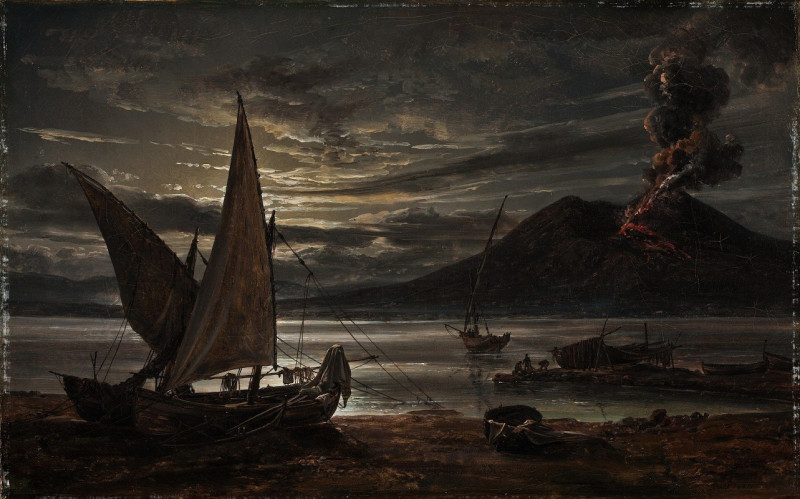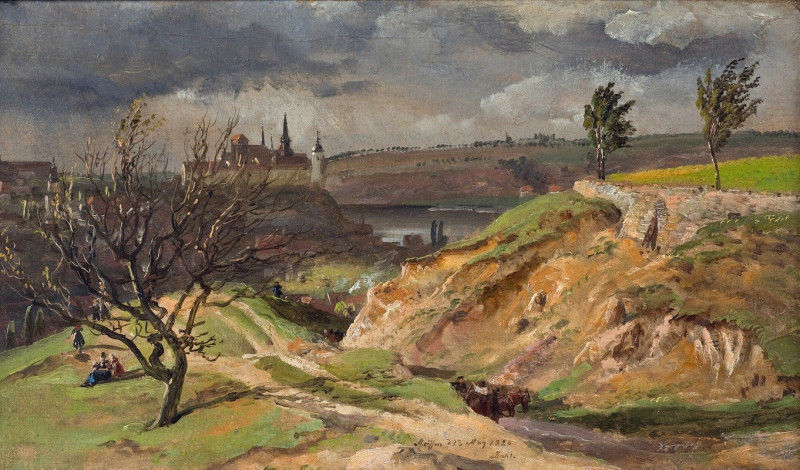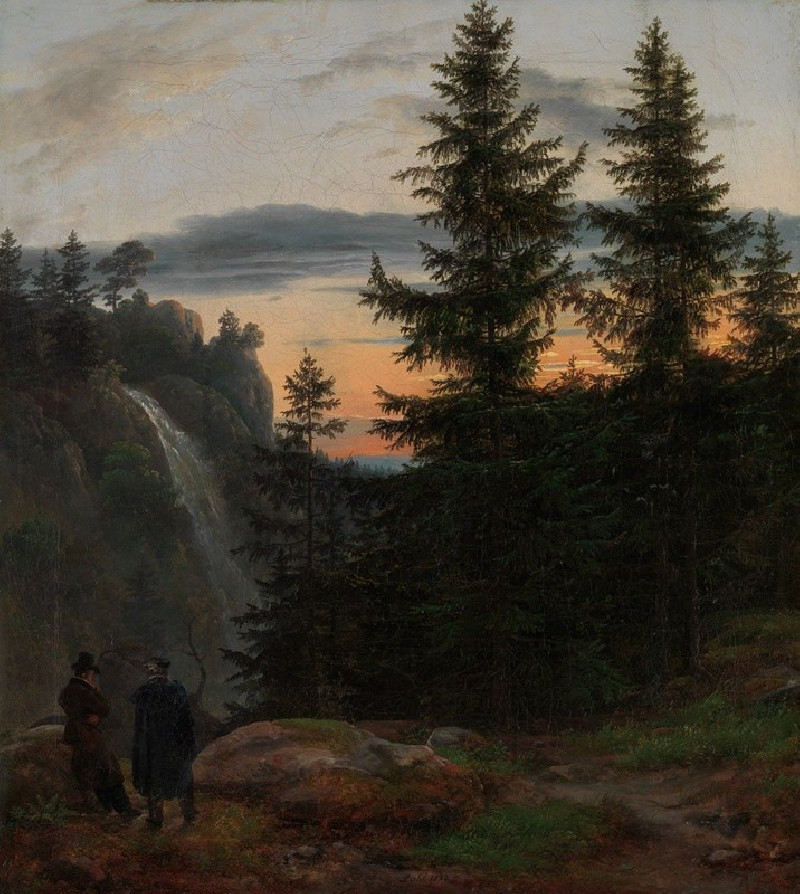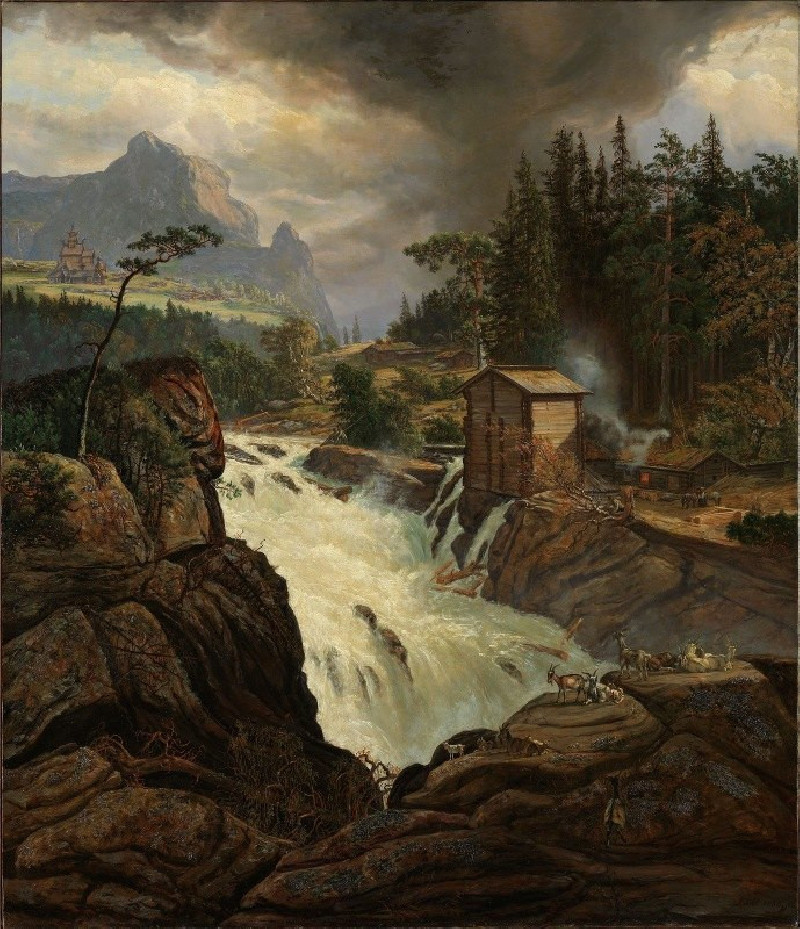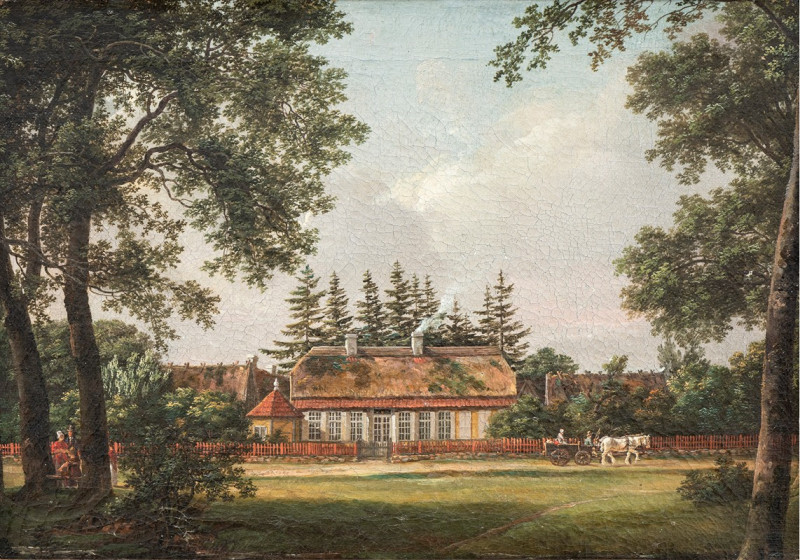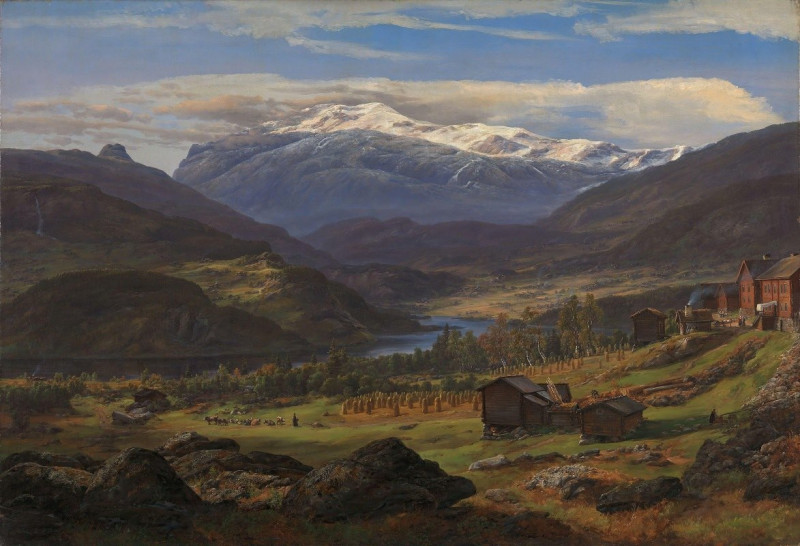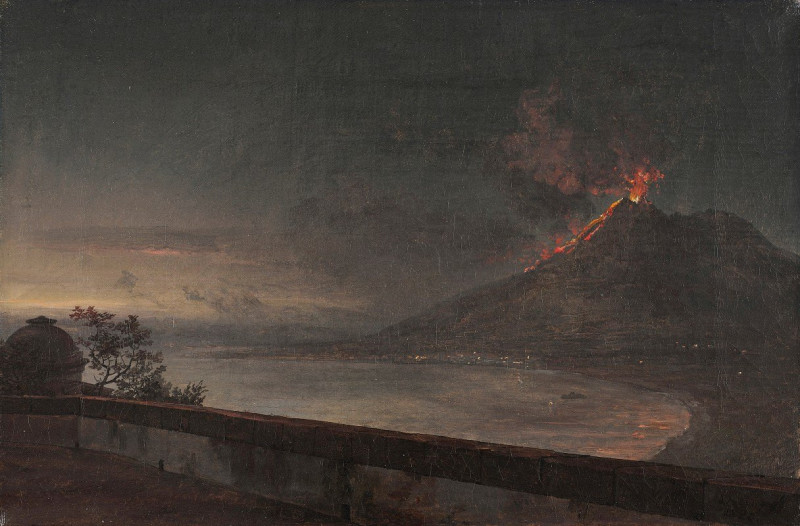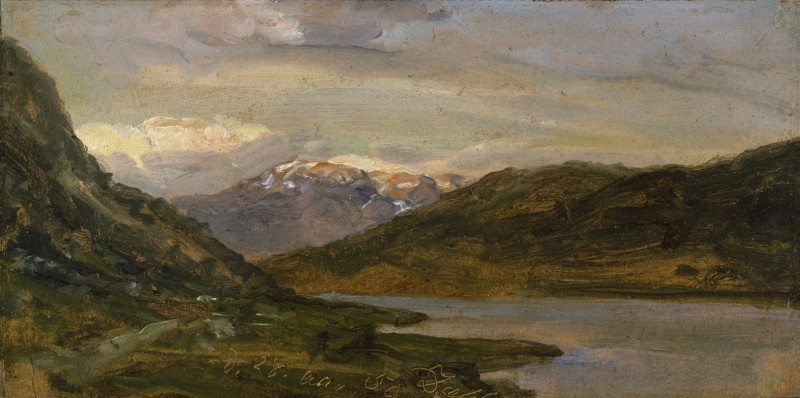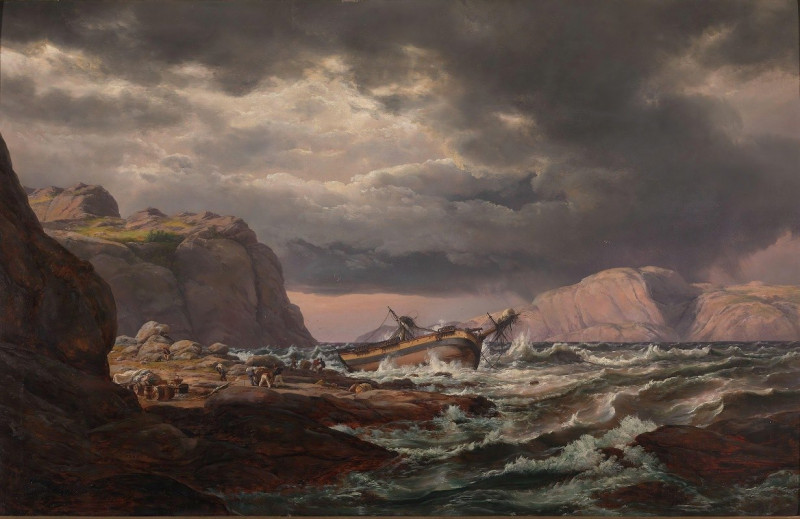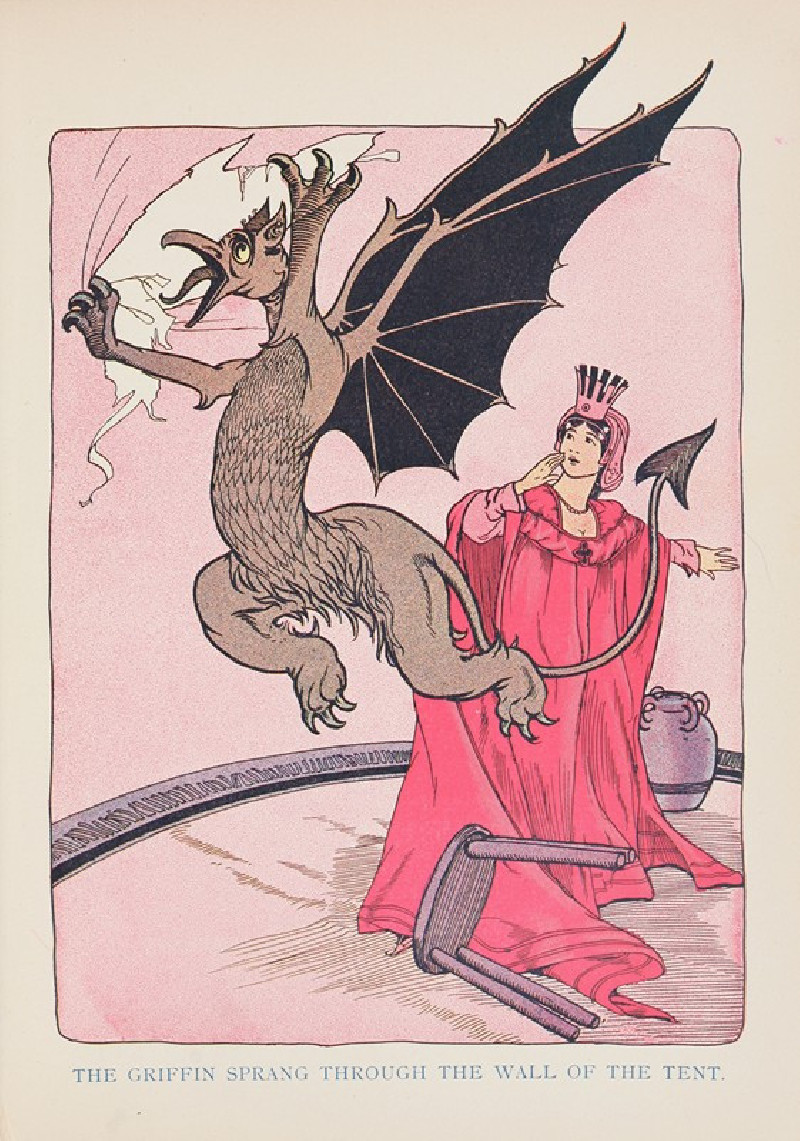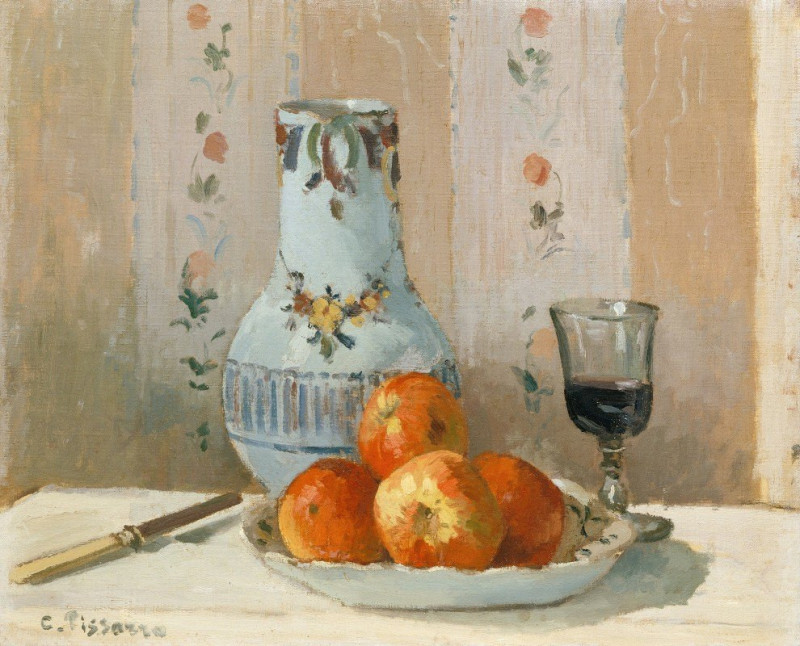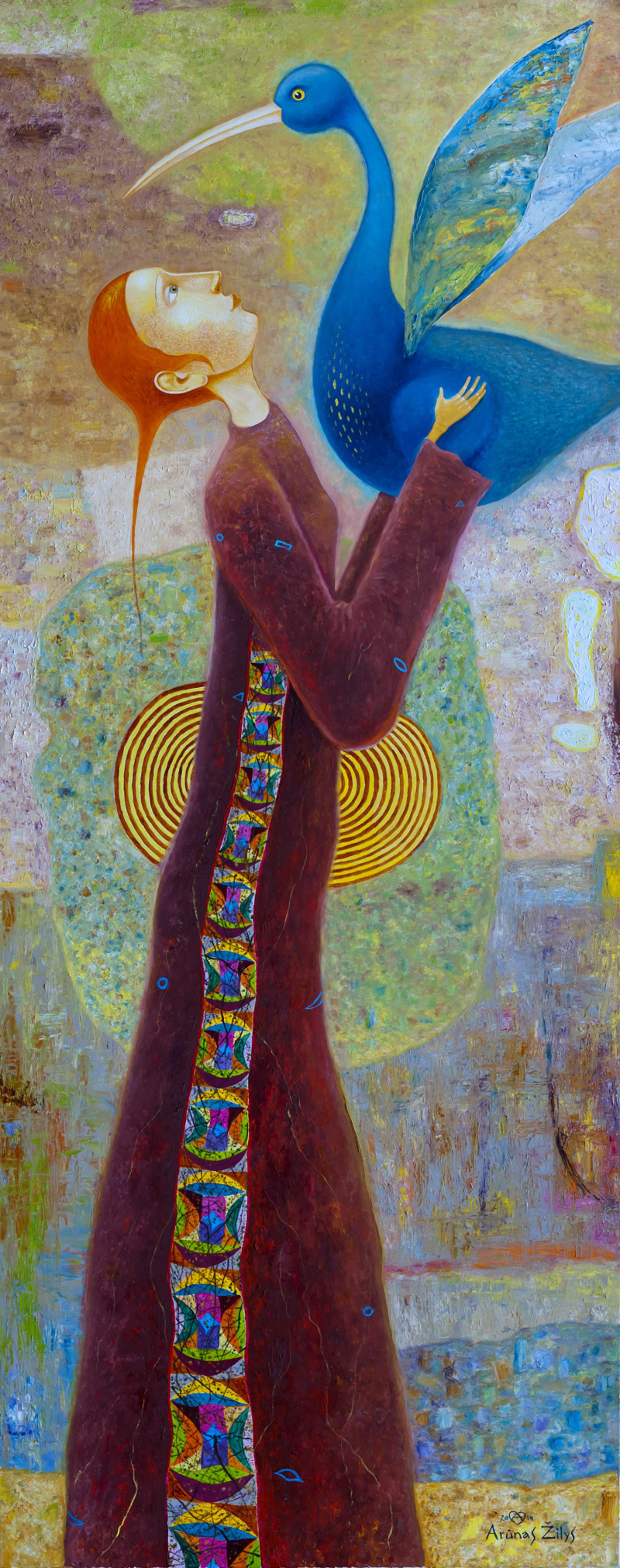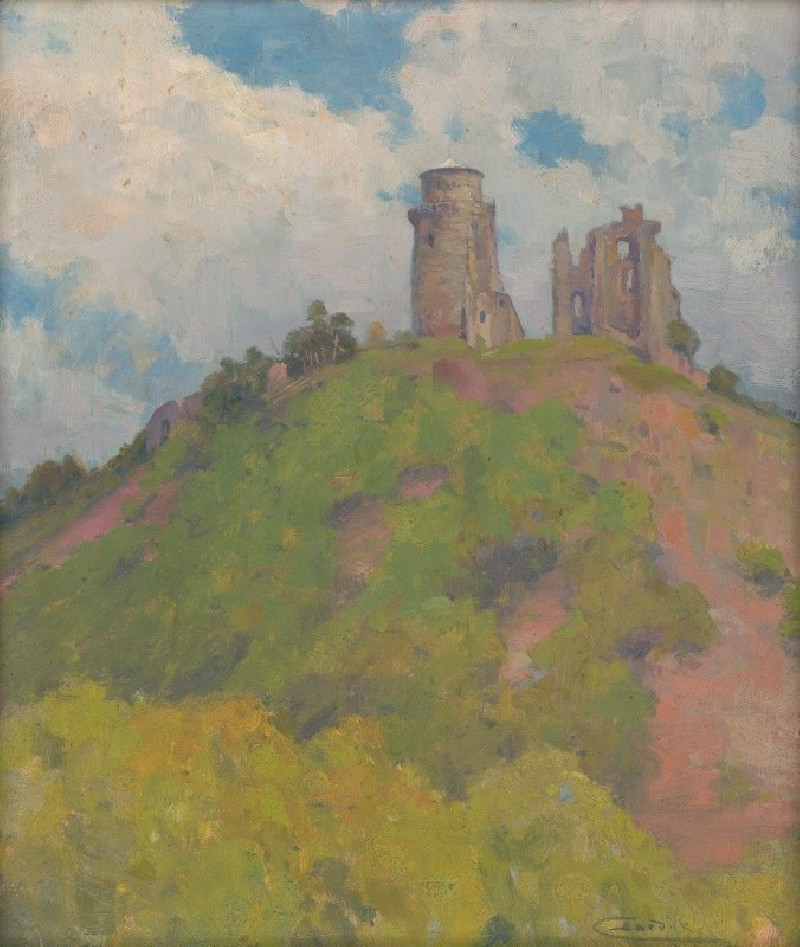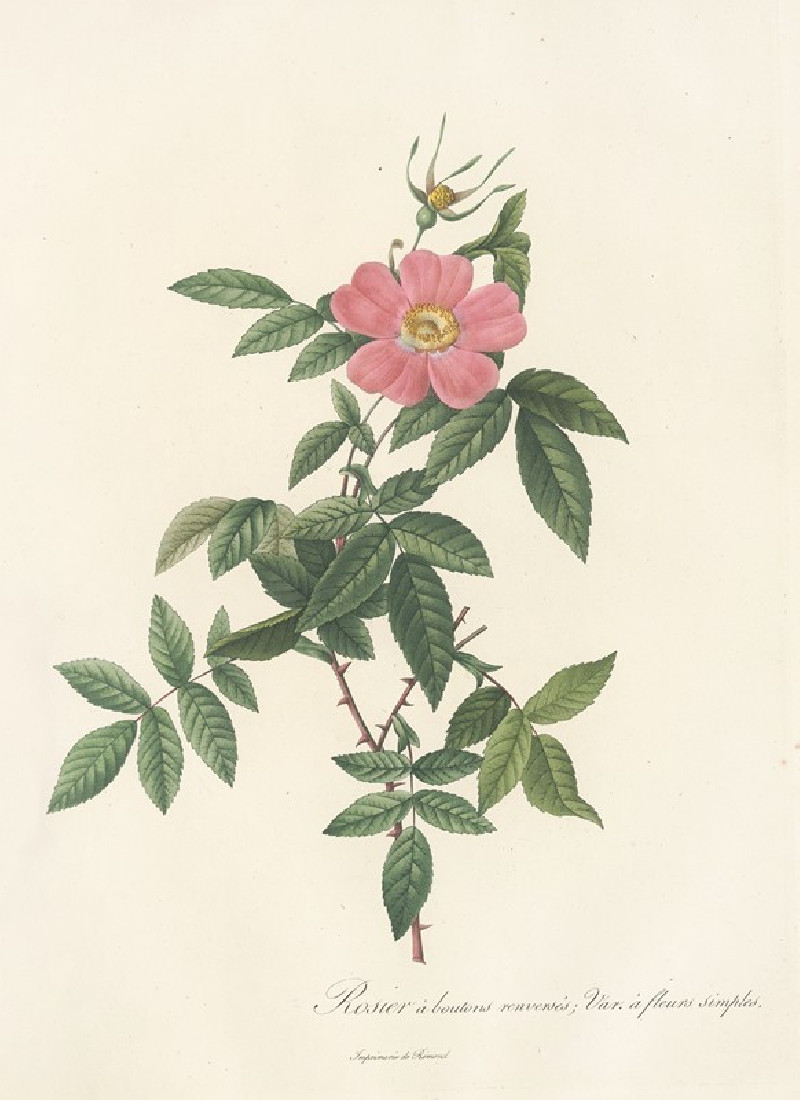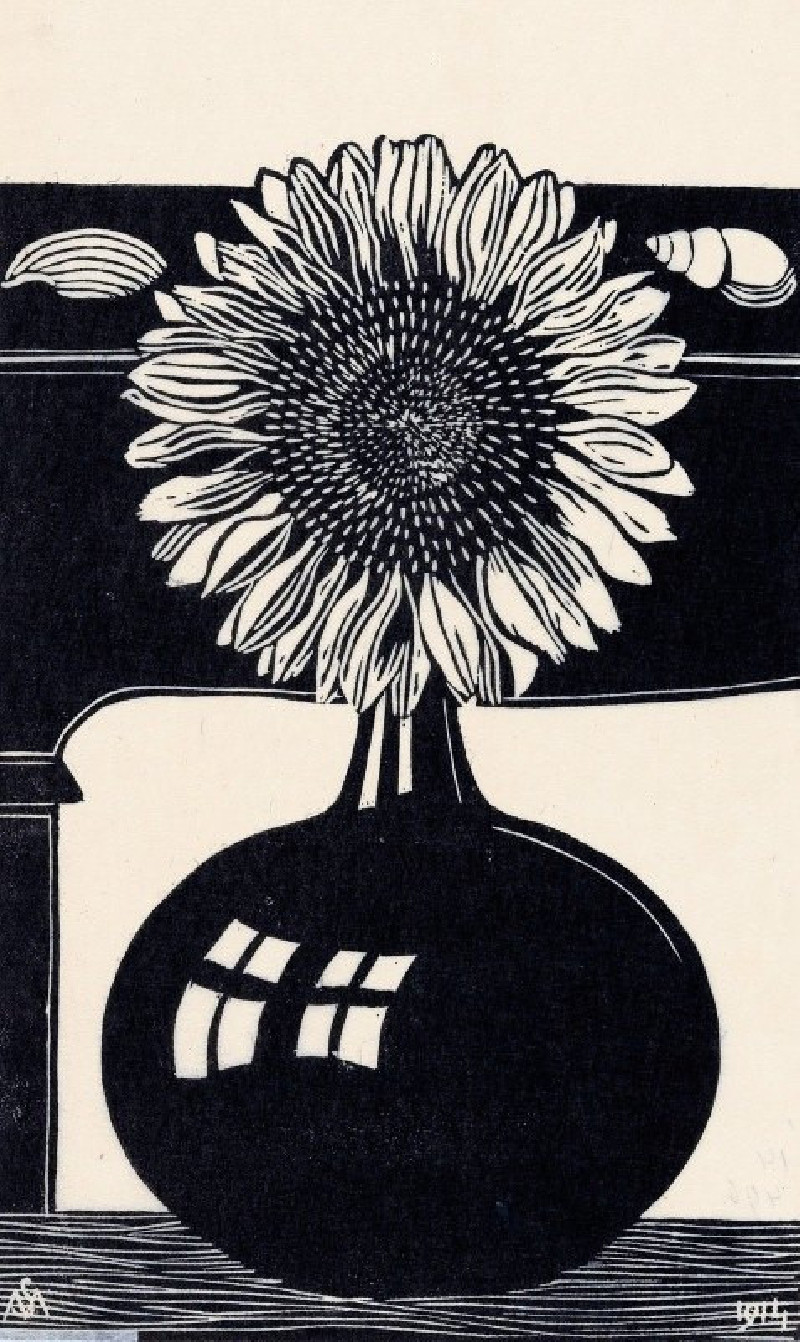Vesuvius In Eruption. Moonlight (1821)
Technique: Giclée quality print
Recommended by our customers
More about this artwork
Johan Christian Dahl's 1821 masterpiece, , captures a dramatic and tumultuous scene with extraordinary detail and emotional depth. The painting depicts the infamous Mount Vesuvius, mid-eruption, under a moonlit sky. The glowing lava flows brightly, coursing down the mountain, illuminating the darkened landscape with its fiery red and orange hues, contrasting sharply against the night sky.In the foreground, a tranquil yet somber scene unfolds by the water's edge. Several boats, some with sails fully extended and others seemingly deserted, rest along the shore. Fishermen, perhaps wary of the impending danger yet bound to their livelihood, navigate the waters or prepare their vessels. The sea reflects the moonlight, creating a path of light across the water that leads the eye towards the volcano, emphasizing the inevitable connection between human endeavors and the overpowering force of nature.Dahl's use of lighting and shadow, combined with detailed texture and realistic coloration, not only highlights the natural disaster's awe-inspiring spectacle but also its ominous impact on the surrounding environment and its inhabitants. This painting is a profound reminder of the small scale of human activities in the face of nature’s grandeur and fury.
Delivery
Returns
Johan Christian Claussen Dahl, often known as J. C. Dahl or I. C. Dahl, was a Danish-Norwegian artist who is considered the first great romantic painter in Norway, the founder of the "golden age" of Norwegian painting, and, by some, one of the greatest European artists of all time. He is often described as "the father of Norwegian landscape painting" and is regarded as the first Norwegian painter to reach a level of artistic accomplishment comparable to that attained by the greatest European artists of his day.

